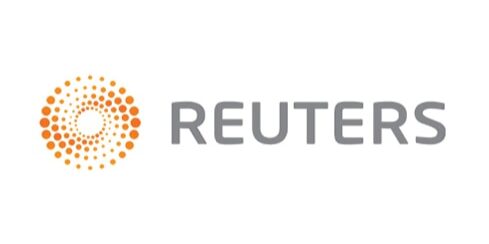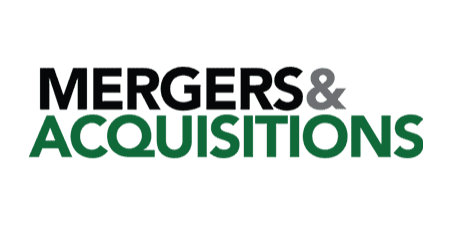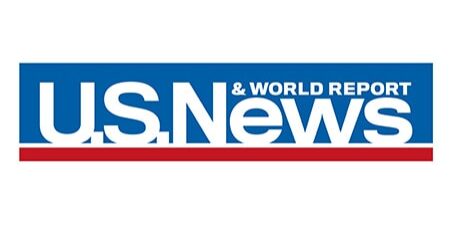Jeff Jacobs Explores the Complexities of TRAs for Companies and Their Early Stakeholders
The ABCs Of TRAs: What Companies And Boards Should Know About Tax Receivable Agreements
by Head of M&A Jeff Jacobs
Board members are accustomed to the heightened scrutiny that comes from being a public company director. But few are versed in the complexity of tax receivable agreement (TRA) liabilities that loom on many corporate balance sheets.
As financial innovations go, TRAs are a creative way for early stakeholders (e.g., founders, venture capital and private equity investors) to participate in the future value of tax benefits that are often realized by their newly public corporations.
TRAs are not new. These types of contracts have been around for decades. But a few factors, including the 2020-2021 IPO boom, have increased their prevalence. As of last year, U.S. public companies had an estimated $80 billion of notional liabilities on their balance sheet stemming from tax receivable agreements.
There are multiple types of TRAs. Let’s focus on one example involving an agreement between a public corporation and its pre-IPO investors. When a private partnership goes public, often the pre-IPO partnership will convert to a post-IPO corporation. This is because partnerships are not well-equipped to be public companies (imagine the administrative burden of distributing K-1s to thousands of “partner” shareholders). But pre-IPO partners generally want to avoid taxes on gains that would arise from exchanging their partnership units into corporate shares.
Fortunately, a savvy solution was created, known as an Up-C (umbrella partnership corporation). Essentially, this structure allows for preservation of the private partnership, while a new public entity is formed. The solution enables founders to keep their partnership units and defer tax that may arise from exchanging into public company shares.
When founding partners decide to sell (or are forced to monetize through an M&A event), they exchange their units for public shares. When the exchange happens, the public entity is permitted to step up the tax basis in these units. This step-up results in an increase in amortization expense and a reduction in future taxable income.
Eager to share in this value creation (and to offset taxes incurred from the exchange of their partnership units), pre-IPO investors negotiate tax receivable agreements. This contractual pact between public corporations and pre-IPO investors typically dictates that the value of the tax benefits be split 85% to pre-IPO owners and 15% to the newly created public company, with payments typically stretching over a 15-year period.
Proponents characterize this tax benefit-sharing strategy as a win-win scenario for both founders and public shareholders. And often it is. But conflicts can arise when parties disagree on the future value of these assets.
Think about a situation where a company’s financial performance falls short of expectations. Without sufficient net income, a company may not be able to realize the anticipated tax savings, triggering possible clashes among investors over the true value of these contingent liabilities. Accurately forecasting a company’s future cash flows (and by extension the value of potential future tax benefits) can be tricky.
Tax receivable agreements can also complicate the sale of a company. In the event of a change in ownership, TRA holders are often entitled to an accelerated payment equal to the present value of the unrealized tax benefit.
The challenge is that the founders entitled to these payments are often key decision makers at the company. You can imagine the inherent conflicts that arise between ordinary shareholders and these legacy insiders. Particularly, when those legacy founders stand to benefit from the acceleration of meaningful TRA payments in the event of a sale.
In some cases, early investors have forgiven payments due from a TRA in the interest of moving a deal forward. For example, the beneficiaries of PowerSchool Holdings Inc. chose to forego their rights to a TRA-related “termination” payment in order to facilitate its $5.6 billion acquisition by Bain Capital. Ultimately, shareholders came out ahead, as it enabled Bain to pay correspondingly more for their stock.
In other situations, even routine efforts to optimize balance sheets and ensure good liability management can invite scrutiny.
One of the most well-known examples of a TRA-fueled deal breaking bad is GoDaddy Inc., a web hosting provider that went public roughly a decade ago and, more recently, attempted to settle its contingent TRA liability by negotiating a payout with pre-IPO investors. In 2022, GoDaddy’s board faced a shareholder lawsuit for approving a plan to pay $850 million to the company’s founder and big private equity backers—many times the $175 million reported value of the TRA on GoDaddy’s audited books.
The lawsuit was a warning shot for boards of directors, who, with the help of their financial advisors, need to ensure careful analysis is performed to understand the impact of these agreements. TRAs are clever instruments that can provide mutual benefit to all parties involved, but they must be handled with utmost care and foresight. Get it wrong, and the real-world consequences can be painful.
The information provided here is not investment, tax or financial advice. You should consult with a licensed professional for advice concerning your specific situation. This article originally appeared on Forbes.com.





